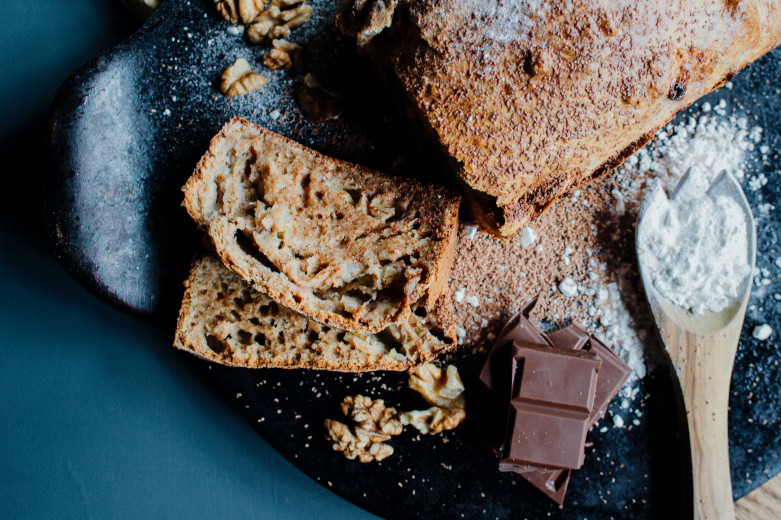
At 6.78% CAGR, the market for clean-label ingredients is anticipated to hit USD 68.57bn by 2028, says Brandessence Market Research. The global market for this segment was evaluated at USD43.32bn in 2021. Growth drivers in this category include rising demand from consumers for clean-label products, increasing awareness regarding these products, and a growing number of products. The COVID-19 pandemic also contributes to changing consumers’ perceptions of cleanliness beyond labels or products as they continue to focus on clean labels for indoor as well as outdoor purchases, the research finds.
Another growth factor is that clean-label materials are easy to understand, with every primary ingredient without chemical products, no synthetics or substances, and with at least one secondary effect.
In addition, consumers becoming more aware of the health effects associated with the consumption of various artificial or synthetic food ingredients. This is due to the various research projects and bans imposed by governments, which also boosts the growth of the clean label market.
Consumers’ demand for natural/organic food products has increased significantly in recent years. According to a survey by the Food Marketing Institute, in 2019, about 86% of consumers admitted to having a high sense of trust in food products or brands that provide access to the complete and “easy to understand” ingredients listed on their labels. Food products with ‘free-from’ claims are increasingly hitting the retail shelves and foodservice menus globally.
The Asia-Pacific is the fastest-growing market for clean-label ingredients, owing to the rising standard of living of consumers and increasing awareness regarding this kind of product in this region. The increasing demand for convenience labels with clean labels and the growing focus of key players to promote these ingredients are also fostering market growth in this region.
Recent product launches in this category include a clean-label rice flour alternative to maltodextrin, launched by Cargill in November 2021. This highly soluble rice flour can convert maltodextrin into a variety of applications and give the formulator a clean-label option. Ingredients can replace maltodextrin in a variety of applications, including low-sugar bakery products.


